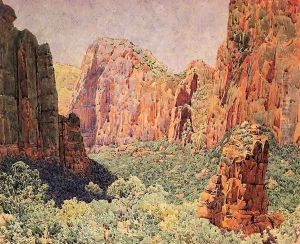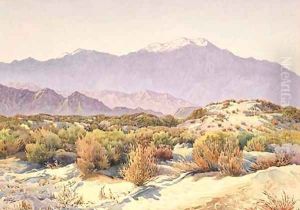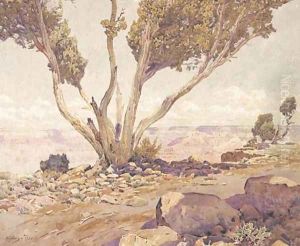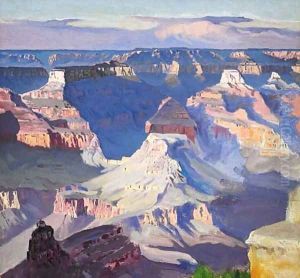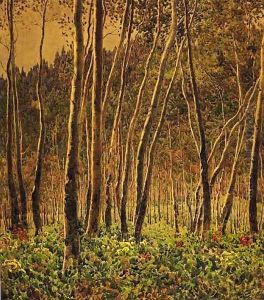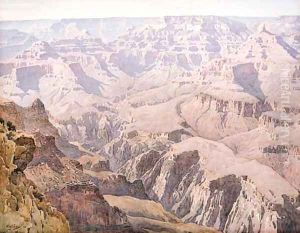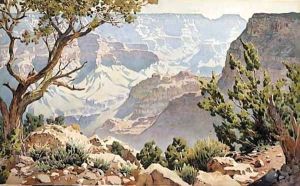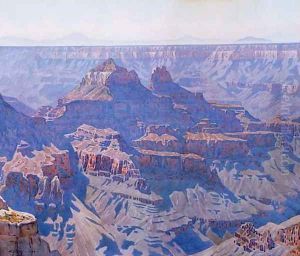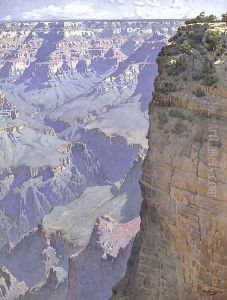Gunnar Mauritz Widforss Paintings
Gunnar Mauritz Widforss was a Swedish-American painter renowned for his detailed watercolor landscapes. Born on October 22, 1879, in Stockholm, Sweden, Widforss demonstrated an early interest in art and went on to study at the Technical School in Stockholm before continuing his education in various parts of Europe, including France and Italy.
Widforss's early works included figurative painting, but he eventually specialized in landscape art, which would define his career. His choice of medium, watercolor, set him apart from many of his contemporaries who favored oil paint. Widforss's watercolors are characterized by their precision and clarity, capturing the essence of natural beauty with a remarkable sense of realism.
In search of new landscapes and inspiration, Widforss moved to the United States in the early 1920s. He traveled extensively through the American West, finding particular inspiration in the National Parks. Widforss is perhaps best known for his stunning depictions of the Grand Canyon, where his work caught the attention of the National Park Service. His paintings of the Grand Canyon showcased his ability to convey the vastness and the intricate details of the canyon's geological formations.
Throughout the 1920s and early 1930s, Widforss's work was exhibited in various galleries and earned him a reputation as one of the finest landscape watercolorists of his time. His paintings are characterized by a meticulous attention to the subtleties of light and shadow, and a palette that captures the natural colors of the scenes he depicted with incredible fidelity.
Gunnar Mauritz Widforss's life was cut short when he passed away on November 30, 1934, in the United States. Despite his relatively brief career, his contribution to the art of landscape painting remains significant. Today, Widforss's work can be found in the collections of several museums, and he is celebrated for his artistic legacy that captures the majesty of the American landscape with a quiet, yet profound, reverence.
